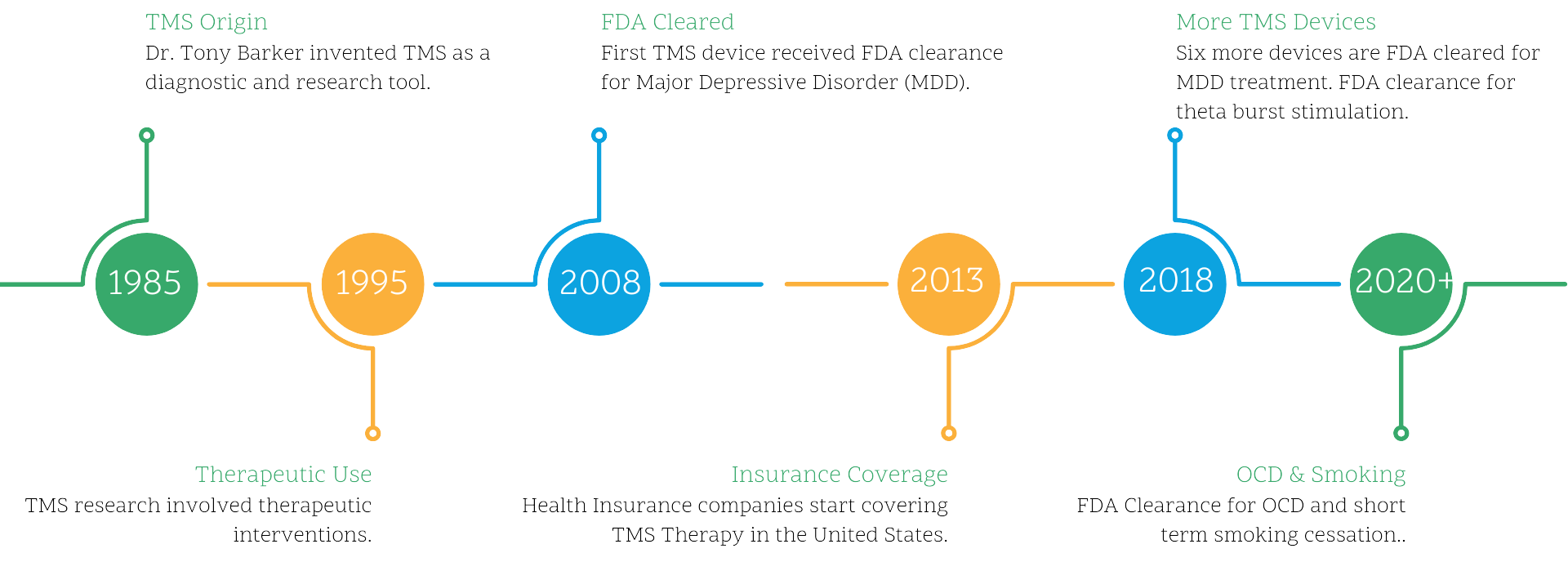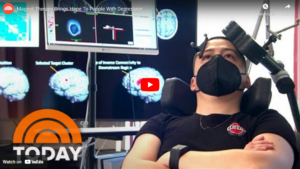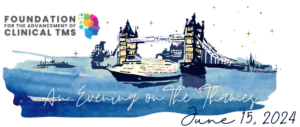What is TMS?
Transcranial Magnetic Stimulation (TMS) is a treatment that has been around since the 1980s. Initially, researchers used it to understand how nerve fibers send movement signals from the brain to the muscles. By the late 1990s, doctors began exploring how TMS could help treat various medical conditions, particularly depression, which has been the focus of extensive study. To date, over 20 significant studies have shown that TMS can be an effective treatment for depression.
Here are some key points about TMS Therapy:
- Non-invasive: TMS does not require surgery, so there’s no need for incisions or recovery time.
- No anesthesia required: You stay awake and alert during the treatment, which means there’s no need for sedation.
- Non-systemic: The treatment targets specific areas of the brain without affecting the rest of your body, unlike some medications that can have widespread side effects.
How Does TMS Work?
Transcranial Magnetic Stimulation (TMS) Therapy is a type of treatment that uses a special device to send magnetic waves into your brain. Here’s what happens during a TMS session:
- Focused treatment: The device has a treatment coil that creates strong magnetic fields. These fields are very precise and only affect a small part of the brain, just a few centimeters deep, right under the coil.
- Targeting the source: For treating depression, the device is placed over the part of the brain called the prefrontal cortex. That’s the area that controls mood, and it’s where TMS can help.
- How it works: The magnetic waves from the device can make the nerve cells in the brain more active. Scientists are still figuring out exactly how it works, but it might be because the waves make the cells send signals to each other or because they change the levels of chemicals in the brain that affect how you feel.
- Wider impact: Even though the treatment is targeted, it also influences other brain areas connected to the prefrontal cortex, like the cingulate, amygdala, hypothalamus, and thalamus, which all play a role in mood and emotion.
TMS Therapy is FDA cleared and scientifically accepted treatment for an increasing number of mental and physical health issues including:
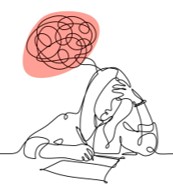
Depression
Smoking Cessation
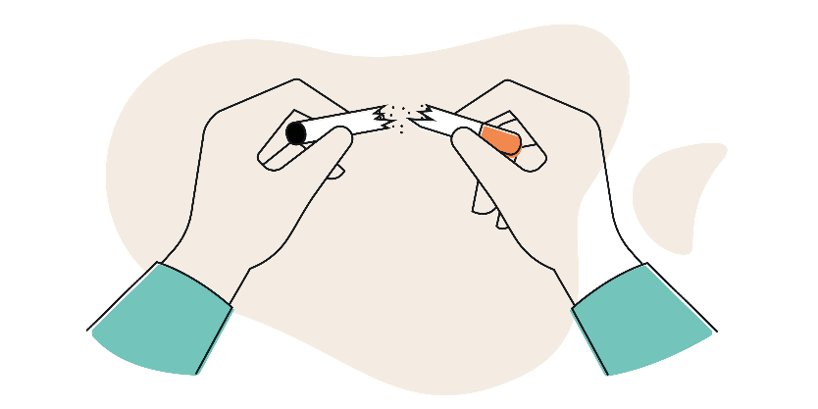
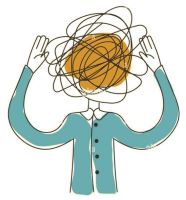
Anxiety
Obsessive-Compulsive Disorder
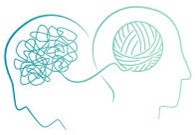

Mirgrane Headaches
Why TMS?
If you’re exploring treatment options for depression or other conditions and haven’t found relief with traditional approaches, Transcranial Magnetic Stimulation (TMS) may offer a new hope. Here’s why TMS could be a beneficial choice for you:
Proven Success for Treatment-Resistant Depression: TMS is particularly valuable if you’ve tried other treatments without success. Clinical evidence shows that TMS can significantly reduce symptoms of depression, even when other methods haven’t worked. This makes it a promising option if your journey to recovery needs a different approach.
Safe and Non-Invasive: TMS therapy involves no surgery or systemic drugs, which means it generally has fewer side effects compared to traditional antidepressants. The most common side effects, like headache or scalp discomfort, are typically mild and temporary.
Convenience and Comfort: Treatments don’t require anesthesia, are outpatient, and each session lasts under an hour. You can return to your daily activities immediately after each session, allowing you to maintain your routine without disruption.
FDA-Approved and Diverse: The FDA has approved TMS not only for depression but also for other conditions like OCD and migraines, reflecting its effectiveness and versatility in treating various disorders.
Increasingly Accessible: More healthcare providers are offering TMS, and it’s increasingly covered by insurance plans. This expanding availability makes it more accessible as a treatment option.
TMS therapy represents an effective and convenient treatment that could significantly enhance your quality of life, especially if traditional therapies haven’t been successful for you. It’s worth considering as part of your journey towards wellness!
How Long has TMS Been Around?
